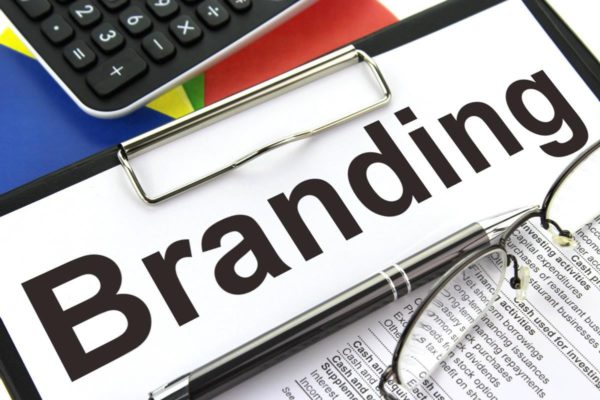Friends is my go-to comfort TV show (did you see this year’s reunion episode?), and I’m almost done with season 5 on my most recent rewatch. I’d forgotten all about the word association game they play on episode 22. Remember, Joey wants Phoebe to help him decide which route he should take to Las Vegas – the northern or the southern route.
Phoebe: Oh, I know a way that you can decide! All right, I’m going to ask you a series of questions and you answer as quickly as you can.
Joey: (quickly) Yes!
Phoebe: Good, but wait. Okay, all right, here we go. Now I want you to relax. Take a deep breath. Clear your mind. (Quickly) Which do you like better peanut butter or egg whites?
Joey: Peanut butter!
Phoebe: Which would you rather be a fireman or a swimmer?
Joey: A swimmer!
Phoebe: Who would you rather sleep with Monica or Rachel?
Joey: Monica. Oh… huh, I always thought it would be Rachel.
Phoebe: No thinking! No thinking! Tie or ascot?
Joey: Ascot!
Phoebe: North route or south route?
Joey: North route!
The gang plays this game throughout the episode. The rules are clear: clear your mind, and say the first thing that pops into your mind when presented with a word. They seem to think that is the way to find out what they really want or think.
For those familiar with Mindspeller, that definitely rings a bell. We know that traditional surveys don’t always reveal a person’s true preferences and that the line of questioning in focus groups may influence the respondent. To get as close as possible to what really makes the consumer tick, Mindspeller focuses on people’s split-second decisions, which happen too fast to be controlled or influenced. We ask people the first three things that pop into their minds when they see a specific word or sentence, image or video. These can be anything, as we don’t force a specific choice. To make results even more trustworthy, multiple studies have shown that the strength of association between two elements correlates with a typical electrical response in the brain when dealing with meaningful stimuli (the N400 ERP). This means the spontaneous associations we collect are validated by neuroscience.
And there’s lots you can do when you’re able to explore spontaneous associations and calculate the distance between your brand and any element in the association network. We often hear that a brand lives on the consumer’s mind – but to remain there it needs to evoke the right associations that tell a meaningful story. Being able to explore meaningful relationships among elements in the network (words, brands…) allows companies to adopt an identity that immediately resonates with their audience and to ensure that their content consistently reflects that.
Want to know more about how you can shape brand perceptions using associations? Book a demo!



